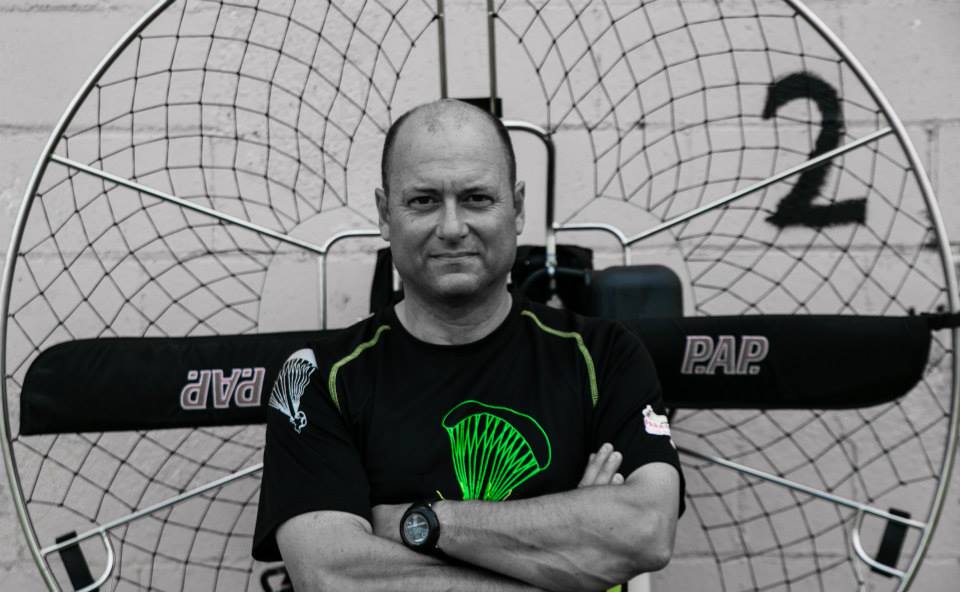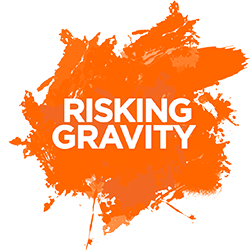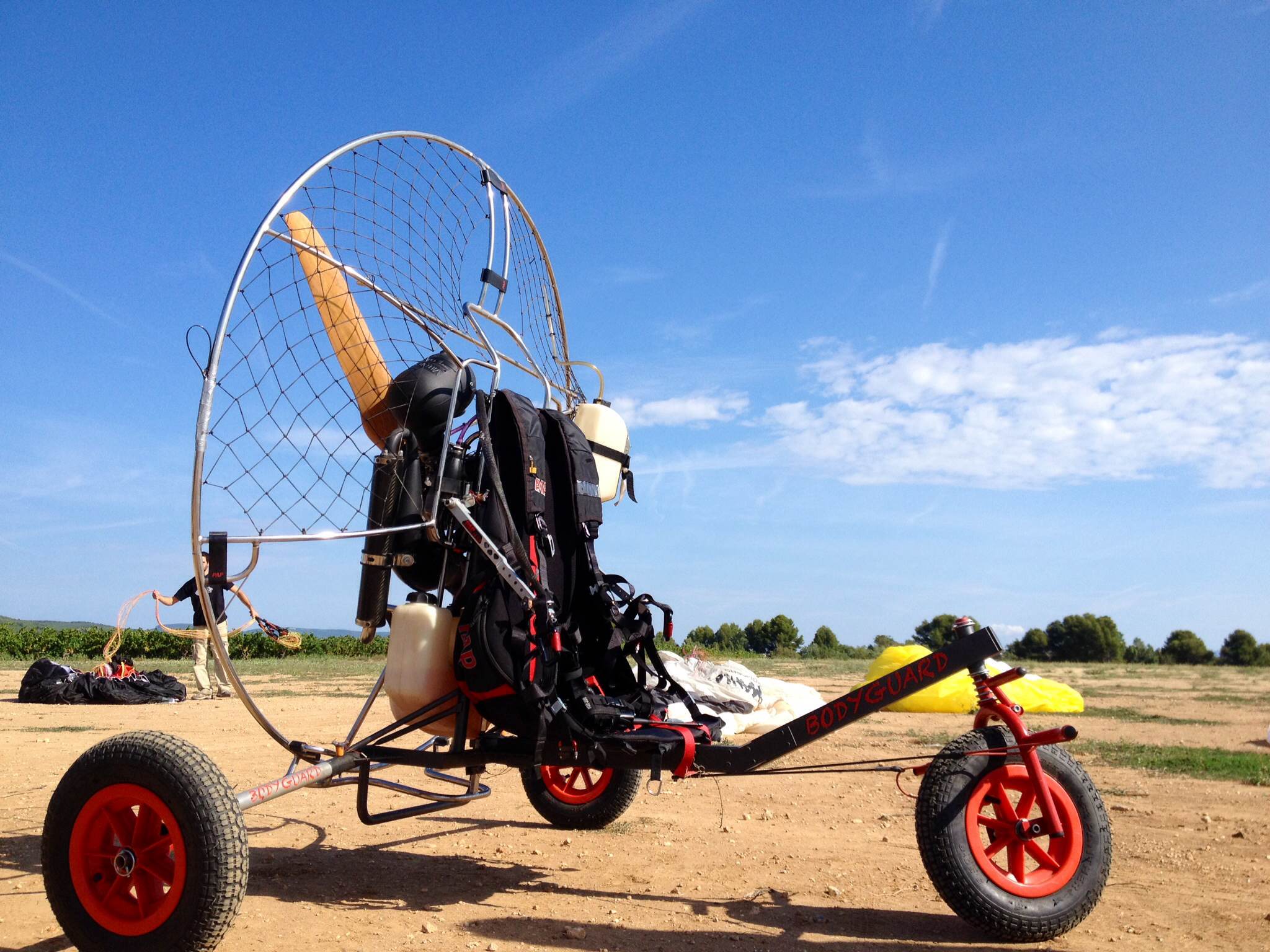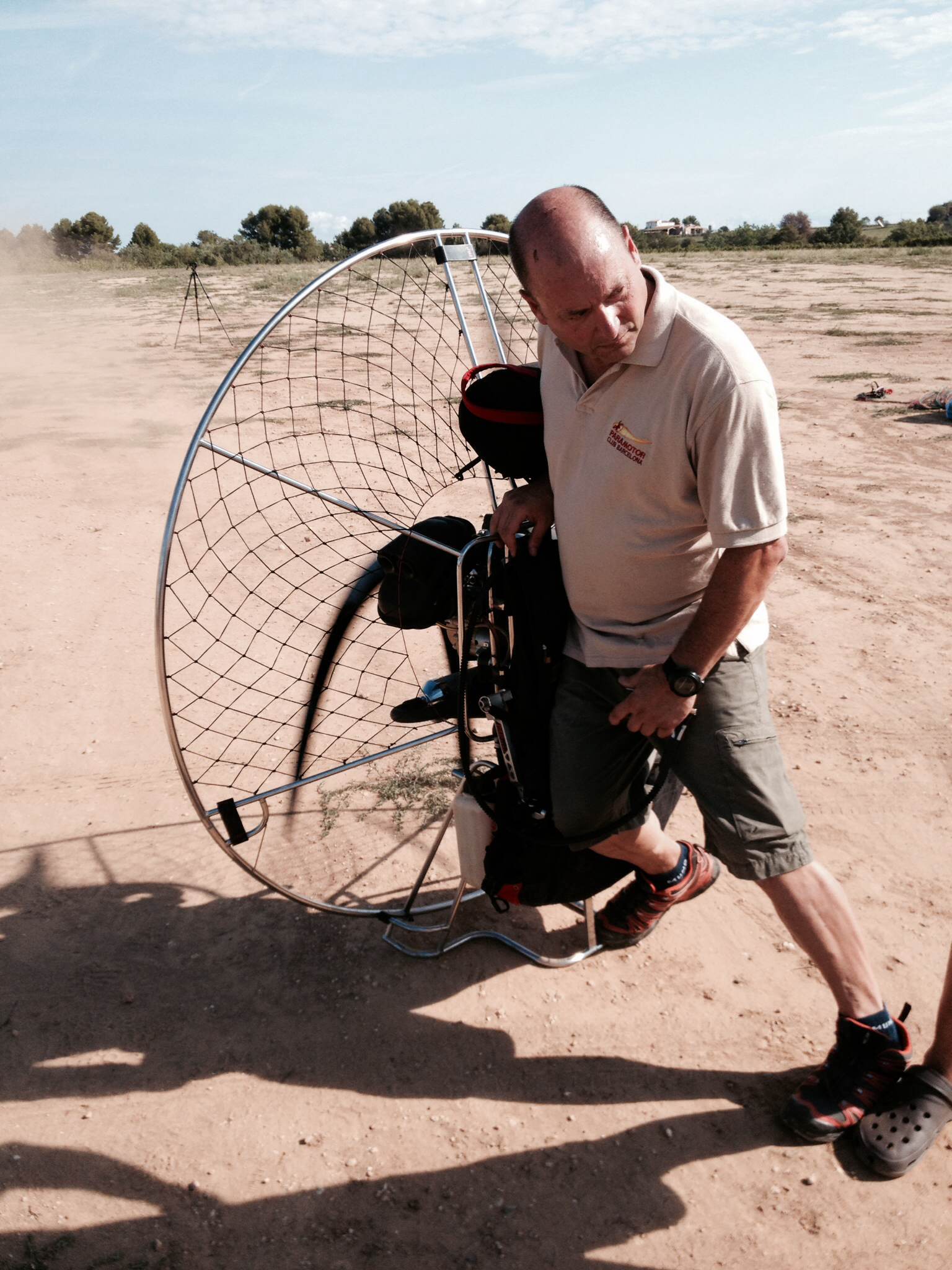
Getting creative with your interviews (including a list of questions to help you get started)
When you’re shooting a campaign it’s easy to get bogged down by all the logistics, concepts, ideas, and all the other balls you’re juggling around. I’ve worked on a lot of documentaries and ad campaigns where one important piece of the juggling circus is given very little attention, the interviews. It goes something like this, the creative director says, “We’re going to film this epic sequence, then transition into the hook, then we’ll move to film the exploding unicorns, o yeah and we’re going to film 3 interviews later too.”
I know what you’re thinking, it’s a shame the interviews aren’t as special as the exploding unicorns. But wait, they can be! Getting good responses from your interviewees is all about having creative questions. And no, not creative as in “what’s your favorite flavor jelly bean?” What I mean by creative is leading the interviewee down a path that leads them to a desired response, both desired by you (because you want that nugget of inspiration to put in your commercial), and by them (because they don’t want to sound like a fool on camera).
What I’ve found works best to elicit better responses from my subjects are three types of follow-up questions. Watch some professional interviews and you’ll see that the golden responses are almost always brought about by the follow-up question rather than the initial question.
Here are some examples from our recent shoot with Paramotor Barcelona. To give some context, this was a particularly hard set of interviews for two reasons a) because our subjects weren’t native English-speakers and b) because Paramotor really is like no other feeling I can describe, it’s absolutely amazing!
TECHNIQUE #1: “The Emoticon Smiley” (as I prefer to call it)
Initial Question: What’s it like to fly Paramotor?
Response: “It’s nice, it’s great, it’s awesome.” I’m paraphrasing here of course. The reason this question sucks is because it’s very vague. There are a million answers to this question, but it works as a nice soft opening just to start dialogue and get them thinking about the topic.
Follow-up Question: What was it like when you first took off the ground? How did it make you feel when you felt that first lift off?
Response: “O, wow it was magical. It was like you’re holding the air in your hands. You feel weightless, like you’ve been given wings for the first time and…” This is the response I was looking for. Unfortunately, you can’t just skip the first question (trust me I’ve tried). If you throw someone into such an emotional question and they’re not ready for it, they’ll simply answer it in the initial vague manner and you’ll have wasted the opportunity. This question is really the human emotion question and usually elicits perfect responses for those 20-30 second teaser films.
TECHNIQUE #2: “Nobody Understands Me Man”
Initial Question: What’s different about Paramotor than other sports?
Response: “O it’s like nothing else you’ve done. It’s such a unique sport it’s purer than flying in an airplane. It’s so great.” This is an okay response, but usually is very general and can be made better. We need to add emotion to it and here’s how.
Follow-up Question: What do you think is the biggest misconception people have about Paramotor?
Response: “O, people don’t understand Paramotor. They think we’re just a bunch of dare devils, like what are those guys doing they’re crazy. They see me flying over them at the beach and they don’t understand what it’s like to fly in the air, it’s like nothing you’ve ever done and…” This question leads to an emotional response and a better answer. When people are addressing something they’ve experienced it’s much easier for them to describe it. In this case, the athletes have all had to, at one point or another, explain to naïve Bill or Susie why their sport isn’t dangerous, why it’s amazing and why Bill and Susie must try it. Both questions really ask the same thing, but question two gives the interviewee something more relatable.
TECHNIQUE #3 “The Kid I Used To Be”
Initial Question: What advice would you give to other people who are thinking of doing what you’re doing?
Response: “Don’t be afraid, just do it.” Terrible answer, yet expected. Most people are humble and unless they’ve been asked this question before (let’s face it most of us haven’t) they won’t know what to say or they’ll hold back so they don’t sound arrogant.
Follow-up Question: If you could go back in time, what advice would you give to yourself at age 20?
Response: “Don’t take things so seriously. If there’s something you want to do then go ahead and do it. If you want to fly Paramotor then go try it and see if you like it before you talk yourself out of it. Try everything you can before you pass judgment on it.” Great response. Again, we’re tying the question to an experience that this person has had. Everyone has regrets and wishes they had done things a little bit differently. This question allows you to get advice by tapping into those regrets rather than simply asking for it.
So I hope these three techniques help you in your next interviewing endeavor. Whether you’re shooting a crazy campaign or a corporate video, you can always make the interviews better by tying them to an emotion rather than a statement. Feel free to ask questions in the comments below and please do share some of the techniques you’ve found for getting more creative interviews.
Till next time, stay creative!
~Bogdan Z.



